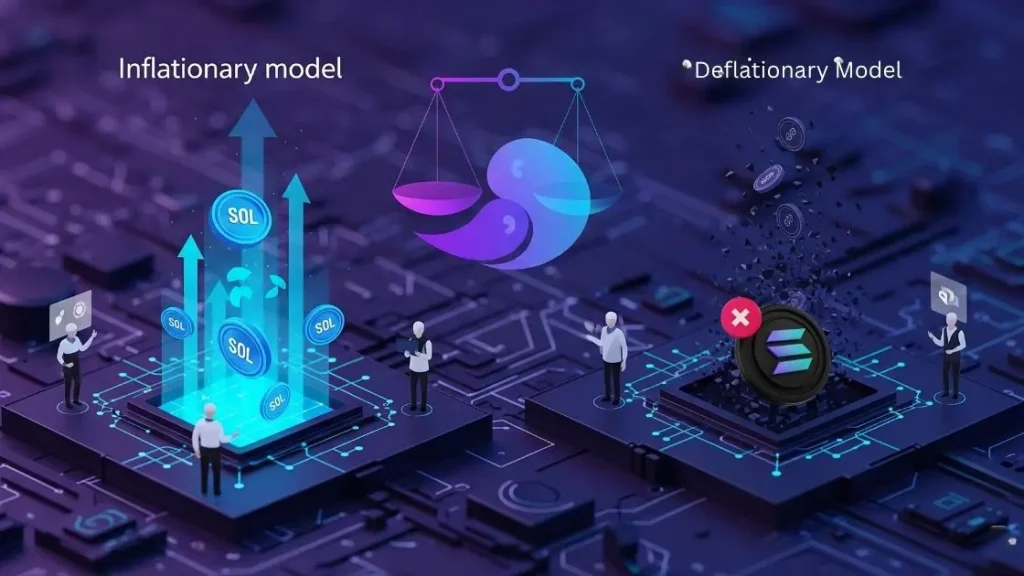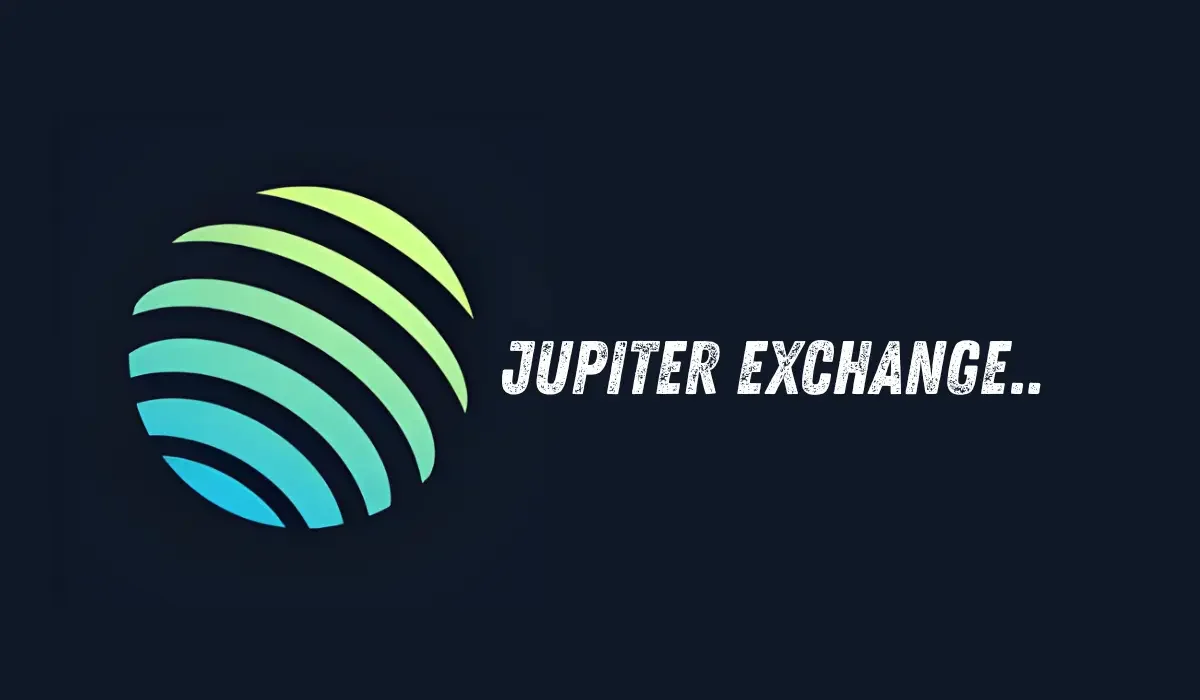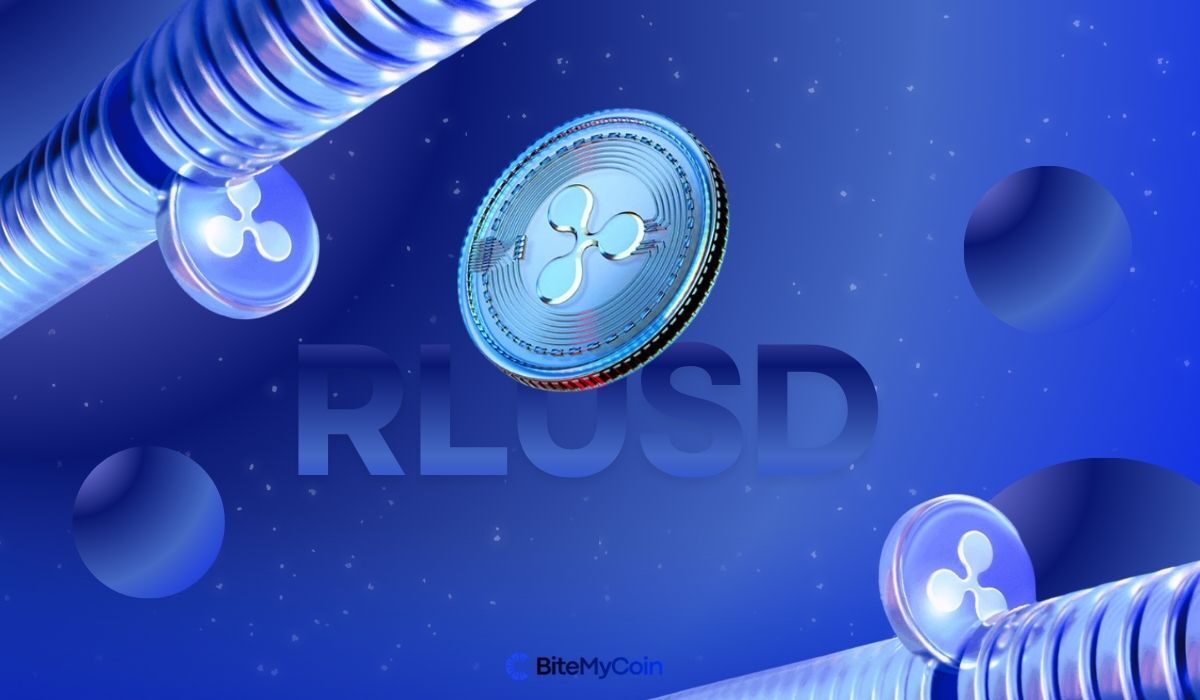Is Solana an Inflationary or Deflationary Cryptocurrency?

Solana (SOL) is one of the most popular cryptocurrencies in the world, ranked the sixth-largest with a market capitalization of $85.58 billion at the time of writing. The blockchain is famous for its high speed and low fees, making it a standout player in the space, even toppling Ethereum in terms of transaction volume at its peak.
However, one of the hotly debated topics related to Solana is whether it is an inflationary or deflationary asset. Understanding this distinction can provide deeper insights into the SOL’s economic model and long-term price potential.
What is an Inflationary or Deflationary Asset?
Before we get started with the question about Solana, let’s dive into the basics of what makes a crypto asset inflationary or deflationary.
An inflationary cryptocurrency increases its supply over time, which typically occurs when new units are created through mining or staking. This dilutes the value of existing tokens. In traditional finance, inflation is attributed to rising prices and decreased purchasing power due to an oversupply of money. The same concept can be applied to cryptocurrencies.
Meanwhile, a deflationary cryptocurrency sees its supply decrease over time, often due to mechanisms like token burns or capped issuance. Token burns permanently remove a portion of the supply from circulation, decreasing the total supply while potentially increasing its value as demand remains steady or grows.
Is Solana Inflationary or Deflationary?

When we consider Solana, it exhibits both inflationary and deflationary characteristics. The blockchain is designed to be inflationary by default, as new SOL tokens are continuously minted to reward validators and stakers securing the ecosystem. However, this inflationary mechanism decreases over time, starting at an annual rate of 8% and gradually reducing by 15% each passing year until it reaches a long-term equilibrium of 1.5%.
On the other hand, Solana’s deflationary mechanism works through the token burning process, where 50% of all transaction fees are burned, permanently removing those SOL coins from circulation. This process can offset the inflationary effects of the network, especially during times when on-chain activity is high. When transaction volumes are high, the amount of SOL burned may exceed the amount of new SOL issued, leading to a temporary deflationary period, resulting in an increase in price due to the supply-demand dynamics coming into play.
To gain a better understanding, let’s examine each economic model.
Solana’s Inflationary Model
Solana’s inflationary model is designed to incentivize network security and participation through the dynamic issuance of new SOL coins. Initially, the annual inflation rate was set at 8%, which algorithmically decreases over time to a long-term rate of 1.5%. This structure aims to balance network growth with long-term price stability, while also incorporating a deflationary component through the burning of transaction fees.
While Bitcoin has a capped supply of 21 million coins, Solana does not. The blockchain’s inflationary mechanism is such that new SOL is issued at a slower rate to reward those participating in its proof-of-stake consensus, thus encouraging more users to stake their tokens to secure the network and ensure its decentralization.
Its controlled inflation reduction rate is to keep the staking process lucrative and rewarding for validators without excessive token dilution. Besides, the deflationary token burn mechanism is seamlessly integrated into the blockchain to offset some of the inflationary pressures and balance out supply and demand.
Solana’s Deflationary Model
Solana is not fully deflationary, but the model is designed to counterbalance its inflationary aspects. The network has an annual inflation rate that decreases gradually in the long run. This inflation is what rewards validators and delegators who secure the blockchain by staking their SOL.
The blockchain employs a deflationary token burn model, where 50% of each transaction fee is burned from the supply, and the remaining 50% is allocated as a block reward to the validator who processed the transaction. This schedule means that as network throughput and activity increase, SOL will experience significant deflationary pressures. However, its inflation rate is set to counteract this.
Solana’s deflationary model is not static and depends on network adoption. If transaction volumes increase, the burn rate may outpace new token issuance, leading to temporary deflationary periods. Conversely, if network activity remains low, inflation may outweigh the burn, leading to an increase in the total supply of SOL over time. The deflationary model aims to balance out inflation and support the blockchain’s long-term sustainability and SOL’s value.
Final Thoughts
Solana is neither a deflationary nor an inflationary cryptocurrency, but is a hybrid of both. At its core, it is inflationary in the sense that network validators and stakers are rewarded with freshly minted SOL. Yet, it adopts a deflationary system through its token burn mechanism, where 50% of SOL generated through transaction fees is eliminated from the supply, thereby protecting the cryptocurrency’s long-term value.
When the adoption of Solana increases, it is naturally expected to lead to higher transaction volumes, and SOL could experience periods of reduced supply, making the asset more valuable over time. Unless token burns permanently exceeds SOL’s supply, the Solana blockchain is likely to have low and manageable inflation.
Crypto & Blockchain Expert



